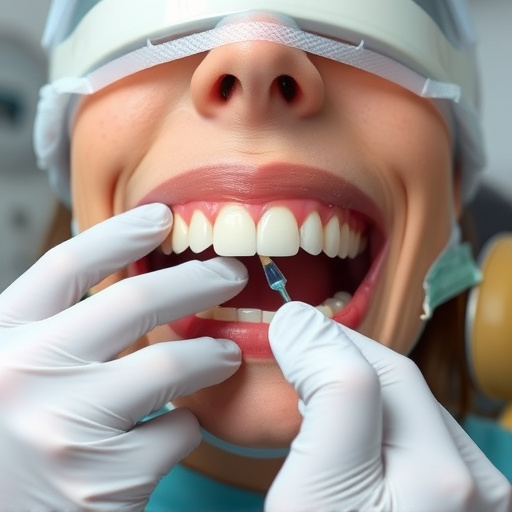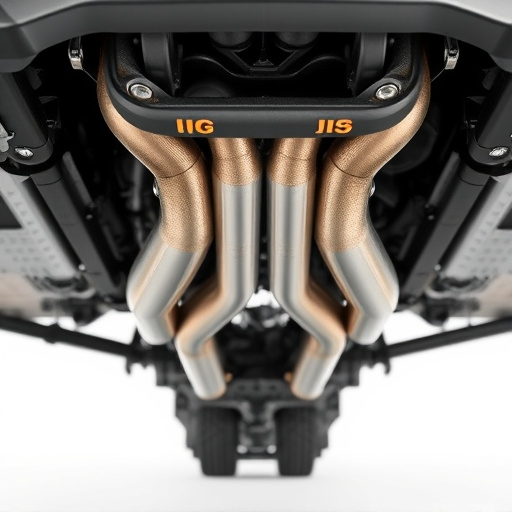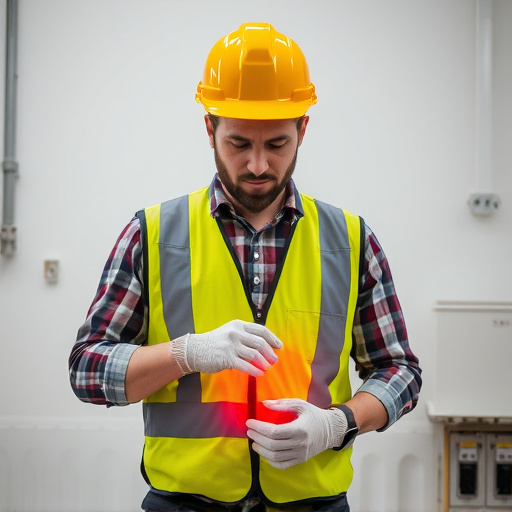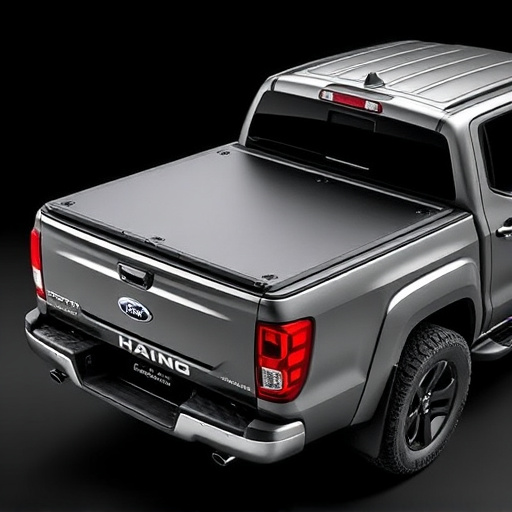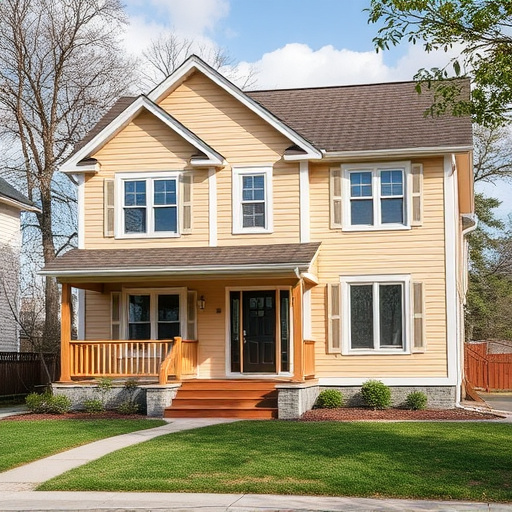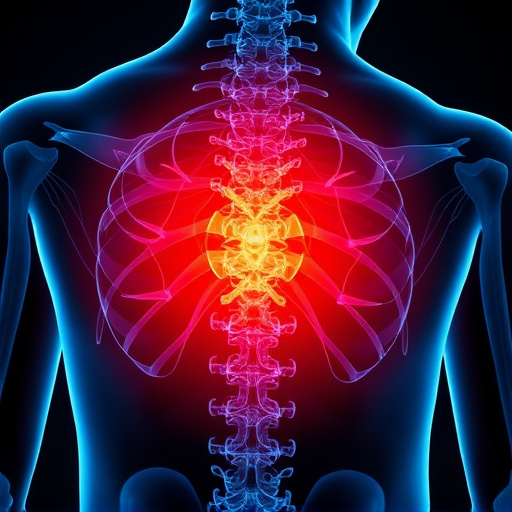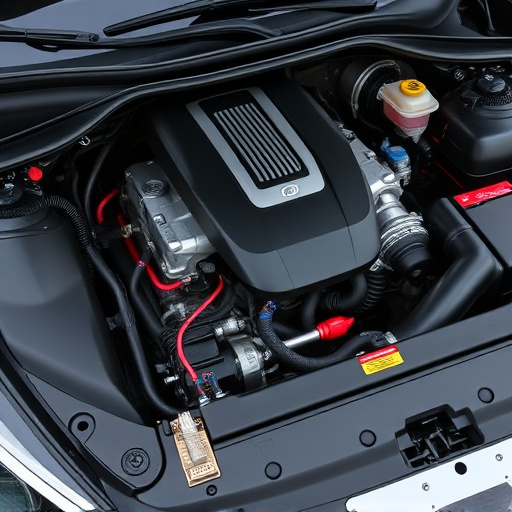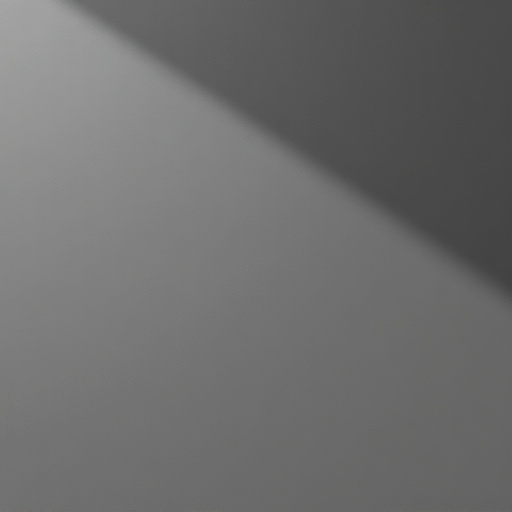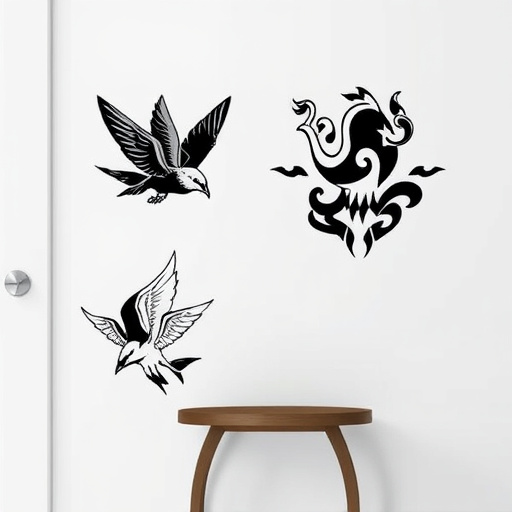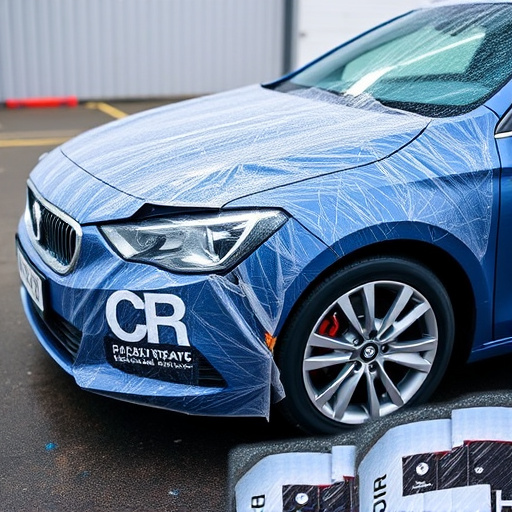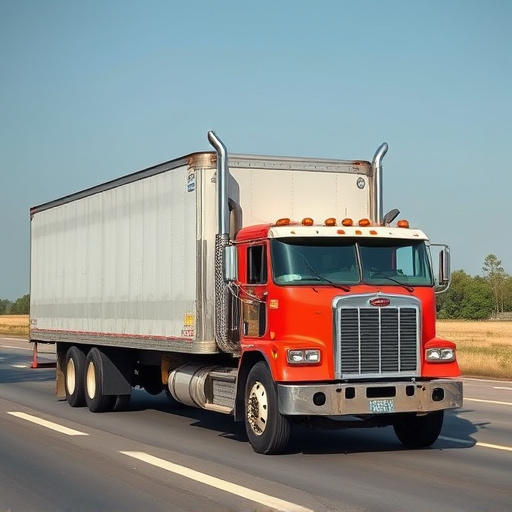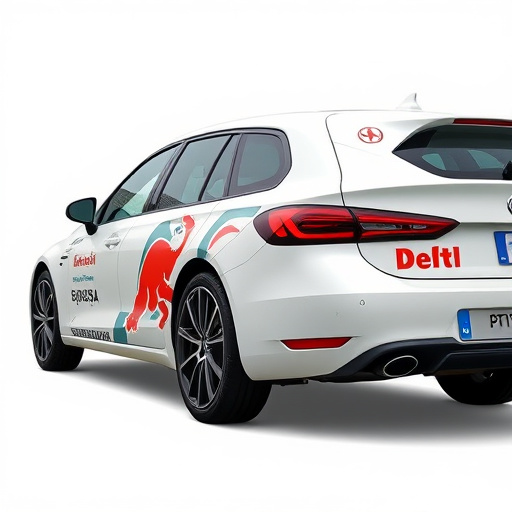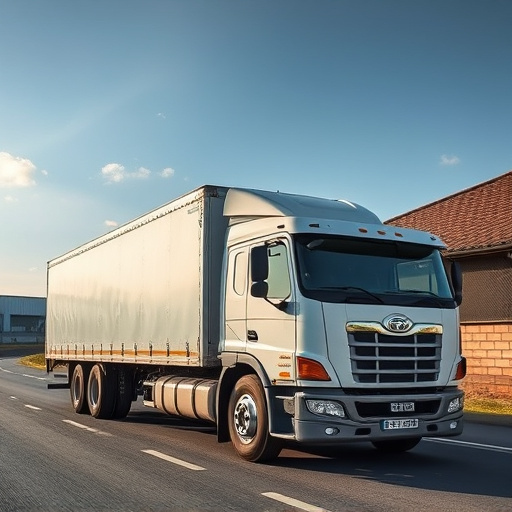Car graphic design excels by seamlessly integrating visuals with vehicle functionality, leveraging curves for both aesthetic appeal and practical purposes like heat rejection and improved airflow. Designers study fluid lines from hood to trunk, play with light, perspective, and shading to capture movement and grace, enhancing automotive aesthetics. By understanding UV protection and heat rejection properties, they create tailored, eye-catching designs that harmoniously fuse art and car customization, as seen in popular vehicle wraps.
Designing graphics that flow seamlessly with car curves is an art that enhances vehicle aesthetics. This article guides you through the process, from understanding the intricate car body lines to applying proven design principles and techniques. We’ll explore how to leverage the rules of third and golden ratio, master negative space and color theory, and employ advanced techniques like gradients for a stunning visual effect. By delving into these aspects, you’ll unlock the secrets to creating captivating car graphic designs that perfectly embrace automotive curves.
- Understanding Car Curves: The Foundation of Flow
- – Analyzing car body lines and their impact on visual appeal
- – Identifying key curves: hood, side panels, trunk, and wheels
Understanding Car Curves: The Foundation of Flow

Understanding car curves is paramount to creating graphics that seamlessly flow with a vehicle’s design. Car bodies are meticulously crafted with curves that serve multiple purposes, from enhancing aesthetics to facilitating heat rejection and improving airflow. These curves aren’t just visual; they’re functional, meaning graphic designers must consider both form and function. By studying the fluid lines of a car, from the hood to the fenders and down to the doors and trunk, designers can capture the essence of movement and grace that defines automotive aesthetics.
Mastering the art of designing graphics that conform to these curves is crucial for creating visually appealing vehicle enhancements and even contributing to paint correction processes. It involves understanding how light interacts with curved surfaces, playing with perspective, and using shading and highlighting techniques to maintain the illusion of depth and fluidity. Ultimately, car graphic design that respects and enhances these natural curves can transform a mere vehicle into a captivating, personalized work of art on wheels.
– Analyzing car body lines and their impact on visual appeal
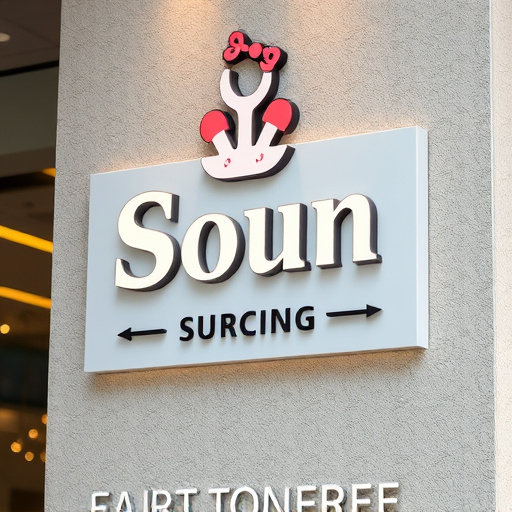
The car body’s lines and curves are not merely aesthetic; they significantly influence how a vehicle looks and feels on the road. For graphic designers working on car-related projects, understanding these forms is key to creating visually stunning designs that complement, rather than disrupt, the car’s natural flow. The sleek lines of a car’s hood, the gentle curves of its sides, and the tapered rear end all contribute to its overall allure. Incorporating these elements into graphics ensures they appear seamless, enhancing the vehicle’s beauty without overpowering it.
When designing for cars, whether it’s for wraps or customizations, the goal is to create graphics that not only look good but also integrate harmoniously with the car’s existing design. This involves playing with proportions and perspectives to ensure the graphics follow the natural curves of the body, resulting in high-quality finishes that are both eye-catching and practical. Custom vehicle wraps, for instance, can showcase creative designs while preserving the car’s sleek profile, making them a popular choice among car enthusiasts who want to personalize their rides without compromising aesthetics.
– Identifying key curves: hood, side panels, trunk, and wheels
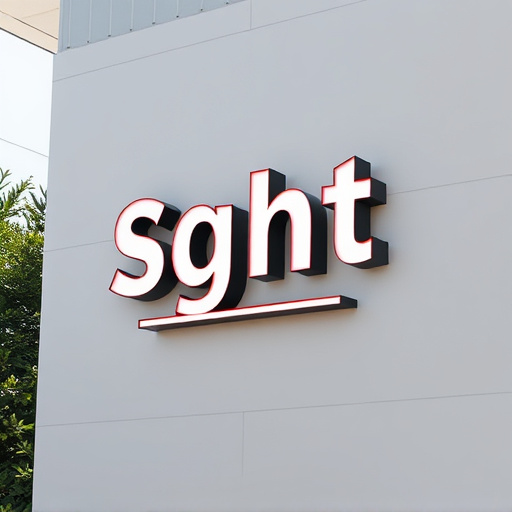
In car graphic design, understanding and leveraging the natural curves of a vehicle are essential for creating visually appealing and cohesive artwork. The key to designing graphics that flow seamlessly with car curves lies in identifying and focusing on the primary curved surfaces. These include the hood, side panels, trunk, and wheels—each presenting unique opportunities for artistic expression. By studying these curves, designers can incorporate dynamic lines and shapes that mimic the vehicle’s contour, resulting in graphics that appear integrated rather than added on.
When crafting car graphics, pay close attention to how UV protection and heat rejection properties of automotive wraps can enhance the visual experience. Customizing these curved surfaces with intricate designs not only improves aesthetics but also allows for creative expression tailored to specific vehicle models, ensuring a unique look that stands out on the road—a true testament to the fusion of art and car customization.
Designing graphics that seamlessly flow with car curves is an art that enhances the overall aesthetic appeal of automotive visuals. By understanding the intricate body lines and key curves of a vehicle, designers can create visually stunning graphics that appear natural and integrated. Car graphic design goes beyond mere aesthetics; it involves capturing the dynamic movement and elegance of cars through carefully studied lines and shapes. With this knowledge, designers can elevate their creations to new levels, ensuring that graphics not only look good but also complement the fluidity of car curves in a harmonious symphony.
